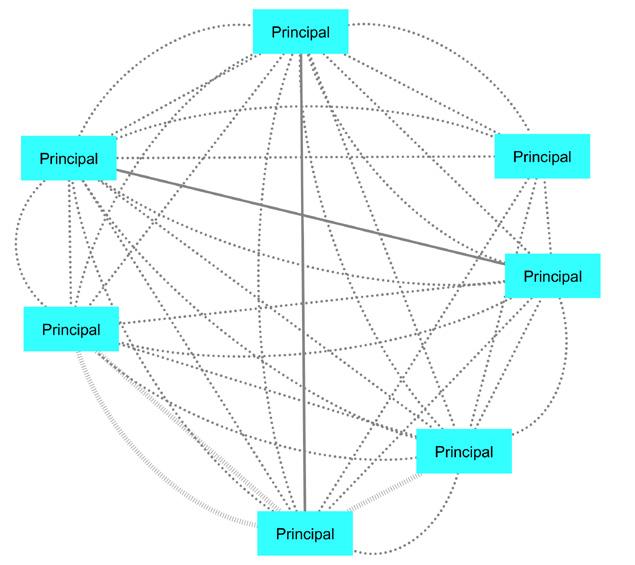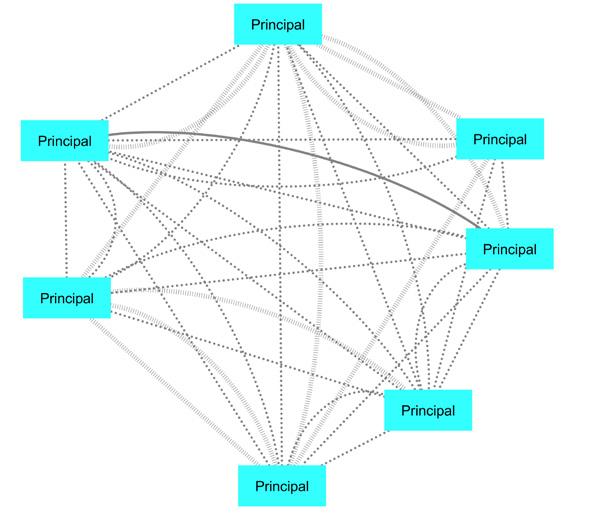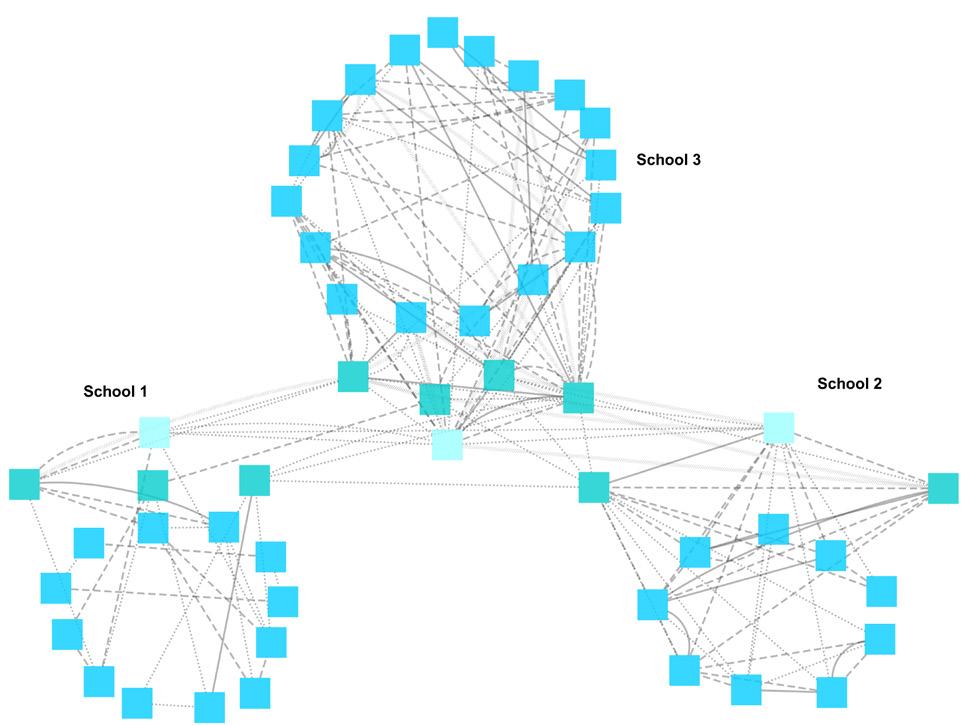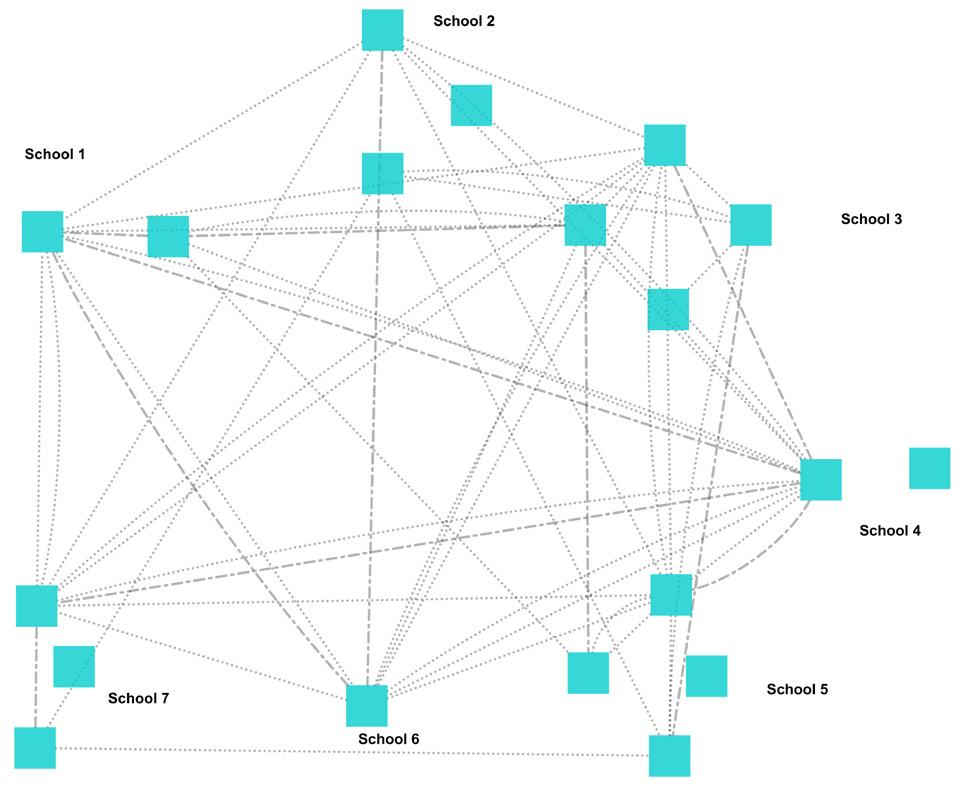EXPLORING COLLABORATION IN ACTION: KAHUKURA COMMUNITY OF PRACTICE
Appendix 1: Survey response to decision-making31 Poor
Improving
Strong
Dialogue
SD*
1. Dialogue in our team does not address questions of teaching practice and student progress
Dialogue our team occasionally addresses questions of teaching practice
Dialogue in our team consistently addresses questions of teaching practice and student progress
4%
12%
84%
2. Team members contribute unequally to group dialogue; there are regular ‘hibernators’ or ‘dominators’ 26%
Most team members participate in group dialogue; there are some ‘hibernators ‘or ‘dominators’
0.127
Team members participate equally in group dialogue; there are no ‘hibernators’ or ‘dominators’
17%
57%
3. The team does not use a specific process for making decisions
The team occasionally uses a specific process for making decisions (e.g. by consensus, majority or some other decision-making structure)
The team uses a specific process for every decision it makes (e.g. by consensus, majority or some other decision-making structure)
33%
15%
52%
0.051
Decision-making
4. Team decisions are not related to the improvement of teaching practice and student progress 14%
Decisions made by the team are occasionally related to the improvement of teaching practice and student progress 5%
0.125
Decisions made by the team are clearly and directly related to the improvement of teaching practice and student progress 81%
0.085
31 Modified and adapted from Woodland, R. H. (2016). Evaluating PK–12 Professional Learning Communities: An Improvement Science Perspective. American Journal of Evaluation, 37(4), 505–521. doi.org/10.1177/1098214016634203
26






